
Women of Imperial Italy, by Alice Seelye Rossi; printed in Rome, 1937, by Stamperia Romana. 8"x5", 20pp, numerous photo illustration. Printed wrappers somewhat dusty. Ex-libris stamp on rear cover. Scarce title: WORLDCAT locates only 2 copies. $120
In regards to the answer to the question above: not anymore. Probably not so much in 1937, though I am sure that the picture of the "fascist" in the "fascist Woman" was prettier and rosier than what people would come to know by 1942. In 1937, when this pamphlet was published, the "women" were broadcasting far and wide--one aspect of radio propaganda from the Fascists in Italy, a hearts-and-minds attempt at a part of the coercion of Italia imperiale that occupied the years 1935 until the end of the war. By 1937 Mussolini's National Fascist Party (in power since 1922) had extended itself by occupying Libya and by invading Ethiopia; Albania, Greece, and Yugoslavia would come between 1939-1941, as would France, when Italy entered the war in 1940 and entered into the country at the tail-end of the German invasion. So the broadcast heard here in 1937 was the beginning of Italy looking for the "Fourth Shore", and deep into Mussolini's Fascist state. (Ezra Pound would also do his level best to look the part of traitor that he was, lobbying the Italians for years before being allowed to get on the air to broadcast to the Allies on his misunderstood and inscrutable economics, vicious and virulent anti-Semitism (offhandedly addressing the U.S. president as "Franklin Delano Jewfeld/Jewsevelt"), and general attempts to tell the U.S. population to not support the war effort against the Fascists and that instead they should be down on their knees praising Mussolini, who he saw as another Thomas Jefferson. And so on.)
I've shared the few pages in this brief pamphlet on the Fascist Woman as it appears in the pamphlet. For the great majority of people living in the U.S., Europe, Great Britain, Australia, New Zealand, Canada, and many other places, the idea of the "fascist" would change dramatically in about a year, and then spin its grinding way downward until the start of the war in 1939.
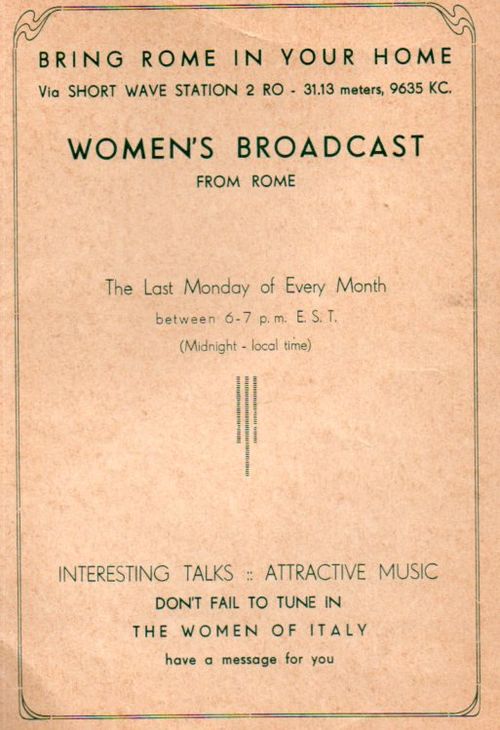


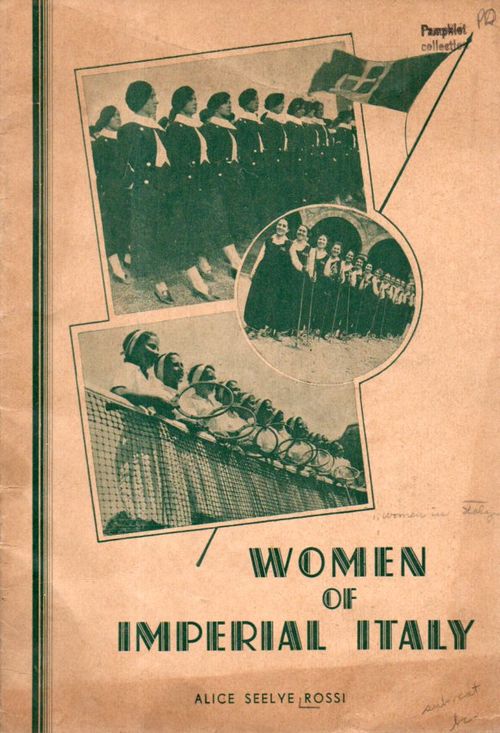
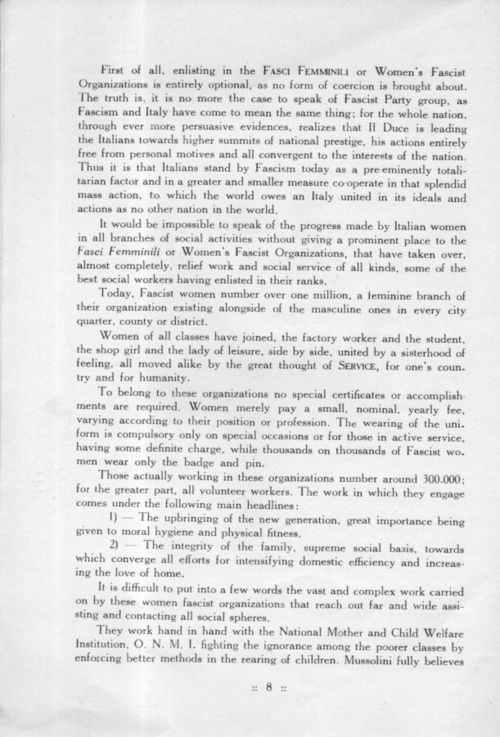
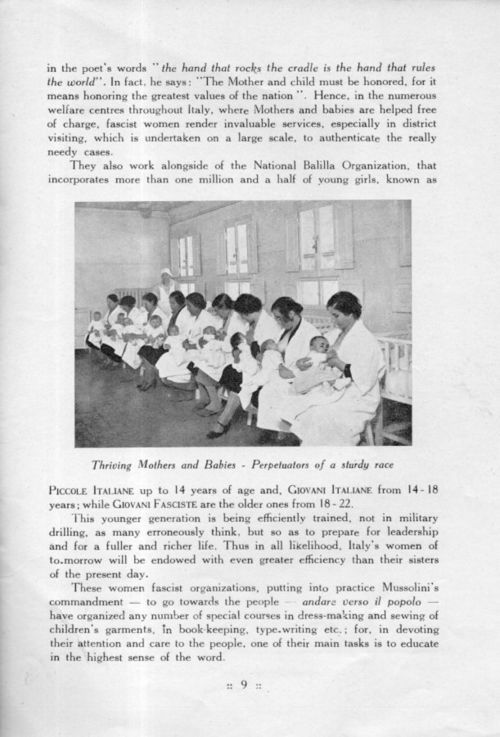
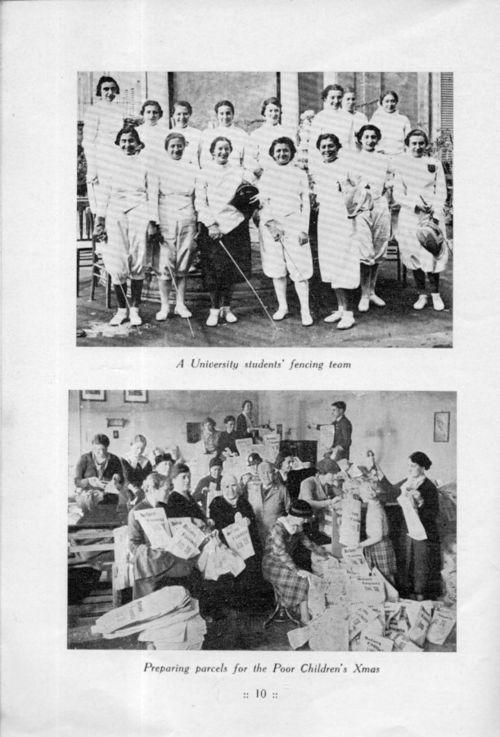
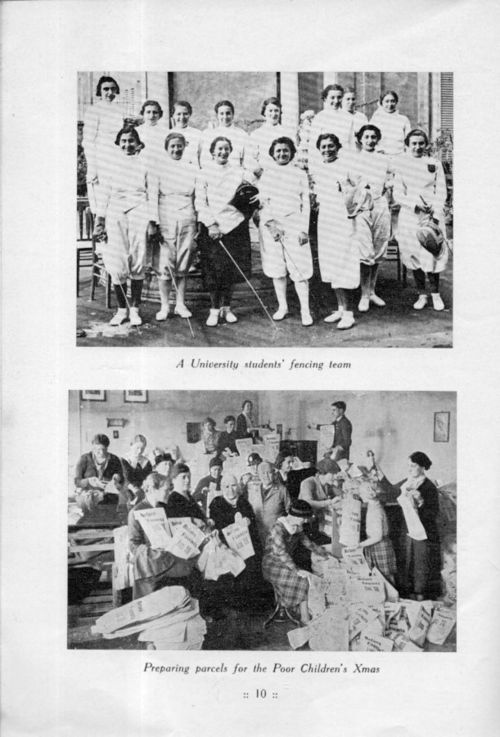
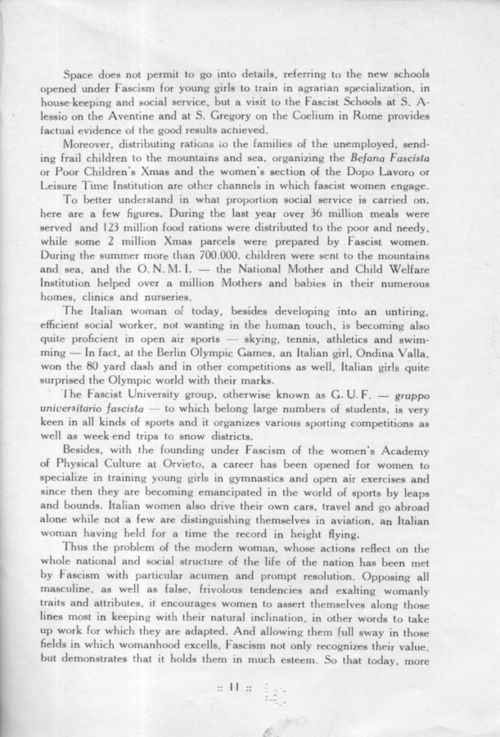
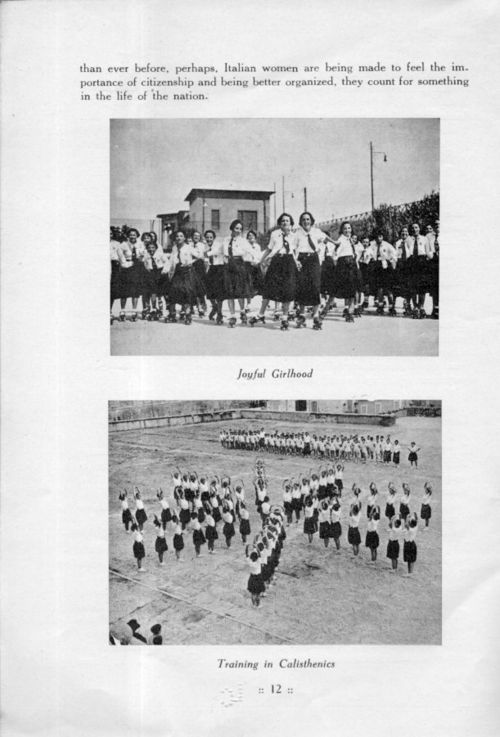


Comments